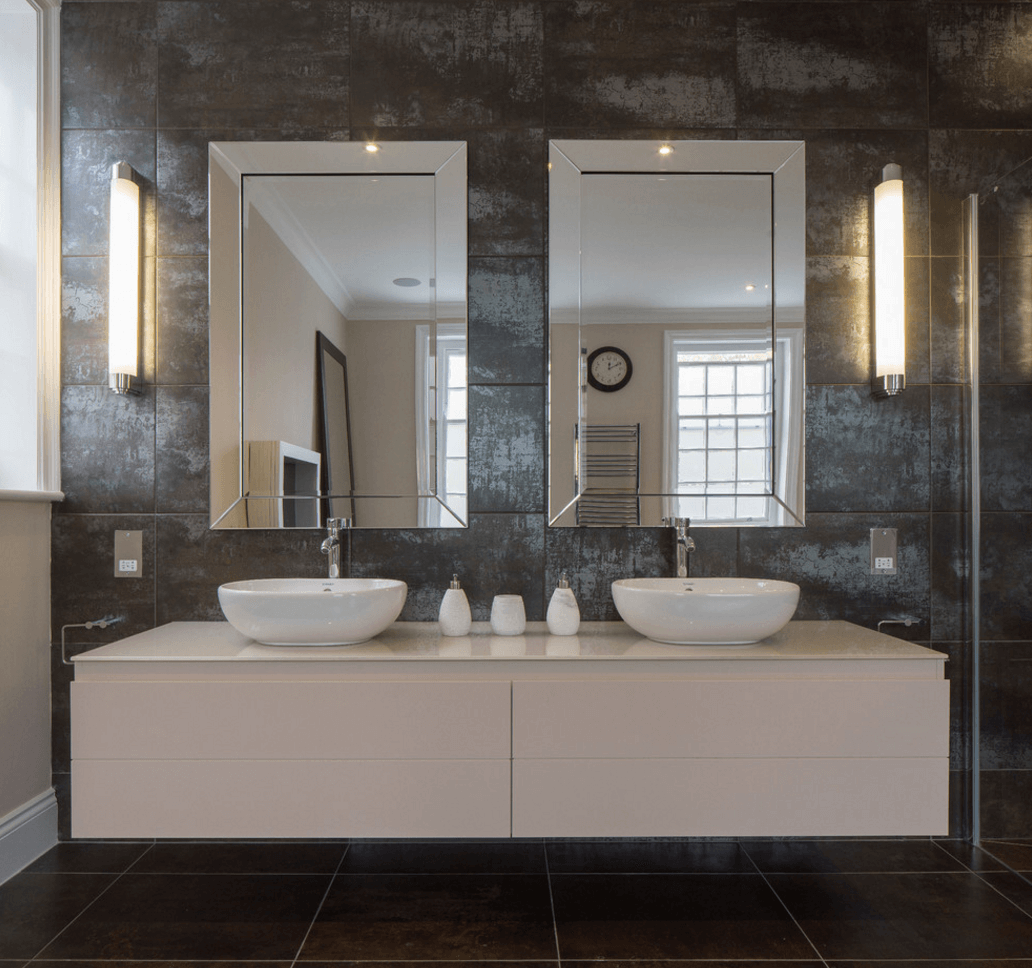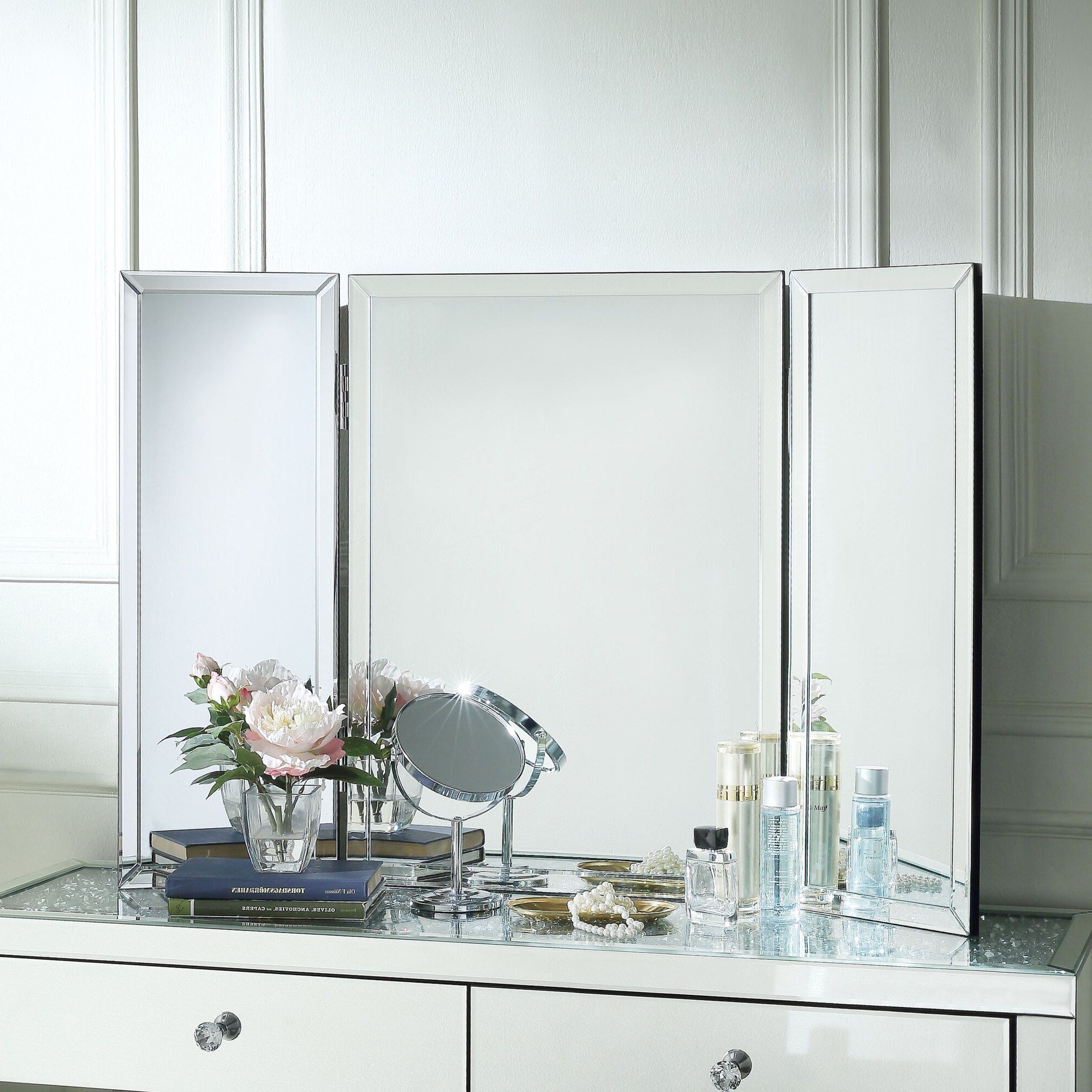The Concept of One-Way Glass in Bathrooms: One Way Glass Bathroom

One-way glass, also known as mirrored glass, is a fascinating material that can create an illusion of privacy and transparency. This seemingly magical glass has been used in various applications, including security surveillance, observation rooms, and even in bathrooms. This article will delve into the science behind one-way glass and explore its potential applications in bathroom design.
The Science Behind One-Way Glass
One-way glass works based on the principle of light reflection and transmission. The glass itself is not inherently one-way; it’s the difference in light intensity on either side of the glass that creates the illusion. The glass is coated with a thin layer of metallic material, usually silver or aluminum, which reflects a significant portion of light. When the room behind the glass is brightly lit, the reflected light from the brighter side overwhelms the light transmitted from the dimmer side. This makes the glass appear reflective from the dimmer side, effectively hiding the room behind it. However, from the brighter side, the glass appears transparent, allowing the viewer to see through it.
Applications of One-Way Glass in Bathroom Design
One-way glass offers a unique opportunity to enhance bathroom design by creating a sense of openness and privacy simultaneously. It can be used in various applications:
Using One-Way Glass in Spas and Public Restrooms
One-way glass can be used in spas and public restrooms to provide a sense of privacy for individuals using the facilities while allowing staff to monitor the space for safety and cleanliness. In spas, one-way glass can be incorporated into shower stalls or treatment rooms, allowing clients to enjoy the privacy of their treatment while staff can discreetly observe and assist as needed. In public restrooms, one-way glass can be used in stalls or partitions to provide privacy for users while allowing staff to maintain a visual overview of the space.
Using One-Way Glass in Private Homes
One-way glass can also be incorporated into private homes to create unique and functional bathroom designs. It can be used to create a visually stunning shower enclosure, allowing natural light to flood the space while maintaining privacy. In some cases, one-way glass can be used to create a “wet room” design, where the shower area is integrated into the main bathroom space, creating a seamless and open design.
Using One-Way Glass in Other Bathroom Settings
One-way glass can be used in various other bathroom settings, such as:
- Creating a private and stylish toilet enclosure: One-way glass can be used to create a separate toilet enclosure within the bathroom, allowing users to enjoy privacy while maintaining a sense of openness.
- Adding a unique design element to a vanity mirror: One-way glass can be incorporated into a vanity mirror, creating a visually striking and functional design element.
- Creating a unique and stylish bathtub enclosure: One-way glass can be used to create a private and stylish bathtub enclosure, allowing users to relax and enjoy a luxurious soak without feeling exposed.
Design Considerations for One-Way Glass Bathrooms

The allure of a one-way glass bathroom lies in its ability to blur the boundaries between private and public spaces. However, designing such a bathroom necessitates meticulous planning and consideration of various design aspects. From the layout and lighting to the choice of materials, each element plays a crucial role in creating a functional and visually appealing space that respects privacy while maintaining its unique charm.
Bathroom Layout and Lighting
A well-designed bathroom layout is essential for ensuring optimal functionality and visual appeal. The placement of the one-way glass wall is crucial for maximizing its effect while preserving privacy.
In a typical bathroom, the one-way glass wall can be incorporated in several ways:
* Shower Enclosure: The shower area can be enclosed by a one-way glass wall, allowing natural light to penetrate the space while maintaining privacy from the outside.
* Partially Enclosed Toilet: A one-way glass wall can partially enclose the toilet area, creating a sense of openness while ensuring privacy for the user.
* Vanity Area: The vanity area can be enclosed by a one-way glass wall, creating a visually appealing and functional space for grooming.
Lighting plays a critical role in maximizing the effect of the one-way glass. Proper lighting ensures that the glass maintains its one-way effect while enhancing the overall ambiance of the bathroom.
Here are some lighting recommendations:
* Natural Light: Maximizing natural light through windows or skylights is essential for maintaining the one-way glass effect.
* Artificial Lighting: Using strategically placed artificial lighting, such as recessed lighting or sconces, can enhance the visual appeal of the bathroom while ensuring adequate illumination for the one-way glass.
Materials for One-Way Glass Bathroom Walls
The choice of materials for constructing the one-way glass bathroom walls is crucial for ensuring both functionality and aesthetics. Several materials can be used for this purpose, each with its own advantages and disadvantages.
* Tempered Glass: Tempered glass is a common choice for bathroom walls due to its durability and safety. However, it can be susceptible to scratches and requires careful maintenance.
* Acrylic: Acrylic is a lightweight and shatterproof alternative to glass. It is also available in a wide range of colors and finishes, making it a versatile option for bathroom walls. However, acrylic can be susceptible to scratches and may not be as durable as tempered glass.
* Polycarbonate: Polycarbonate is a strong and impact-resistant material that is often used for safety applications. It is also available in various colors and finishes, making it a suitable choice for bathroom walls. However, polycarbonate can be more expensive than other materials.
Privacy and Security Considerations
Ensuring privacy and security in a one-way glass bathroom is crucial for creating a comfortable and safe environment. Several factors need to be considered to achieve this goal:
* Placement of the Glass: The placement of the one-way glass wall is crucial for maintaining privacy. It should be positioned in a way that ensures that the user is not visible from the outside.
* Lighting: Proper lighting is essential for ensuring the one-way glass effect. A well-lit bathroom ensures that the glass maintains its opacity from the outside, while a dimly lit bathroom may allow glimpses from the outside.
* Window Treatments: Window treatments, such as blinds or curtains, can be used to enhance privacy, especially during nighttime hours.
* Security Measures: Security measures, such as alarms or security cameras, can be implemented to enhance security in a one-way glass bathroom.
Benefits and Drawbacks of One-Way Glass Bathrooms

One-way glass, a fascinating architectural element, offers a unique perspective and a touch of mystery to bathroom design. While it promises a glimpse into another world, it’s crucial to weigh its advantages and disadvantages carefully before incorporating it into your space.
Psychological Impact of One-Way Glass Bathrooms
The psychological impact of a one-way glass bathroom can be both intriguing and complex. On the one hand, it can create a sense of privacy and security, knowing that you can see out but others cannot see in. This can be particularly beneficial for individuals who feel vulnerable or exposed in traditional bathrooms. On the other hand, the constant awareness of potential observation, even if unseen, can lead to feelings of anxiety or unease for some. The psychological impact is highly subjective and depends on individual personality and comfort levels.
Cost Implications of One-Way Glass Bathrooms, One way glass bathroom
Incorporating one-way glass into a bathroom design comes with a significant cost premium compared to traditional bathroom materials. The specialized glass itself is more expensive than standard glass, and the installation process often requires skilled professionals to ensure proper alignment and functionality. The cost of one-way glass can vary depending on factors such as the size of the glass, the thickness, the level of customization, and the complexity of the installation. Additionally, the cost of lighting and ventilation systems may need to be factored in to ensure optimal functionality and privacy.
One way glass bathroom – A one-way glass bathroom might seem like a futuristic concept, but it can be achieved with a clever use of materials and design. Imagine a bathroom where you can see out but others can’t see in, creating a sense of privacy and intrigue.
The key to achieving this effect is in the placement of the glass, which should be positioned so that the reflection from the outside is minimal. To complement this unique bathroom feature, consider incorporating a double bathroom vanity 60 to create a sense of spaciousness and grandeur, perfectly enhancing the futuristic vibe of the one-way glass bathroom.
A one-way glass bathroom can create a sense of privacy while still allowing for natural light. However, to add a touch of vintage charm, consider incorporating vintage style bathroom signs on the outside of the glass. These signs can add a playful touch to the space, while still maintaining the privacy of the one-way glass.